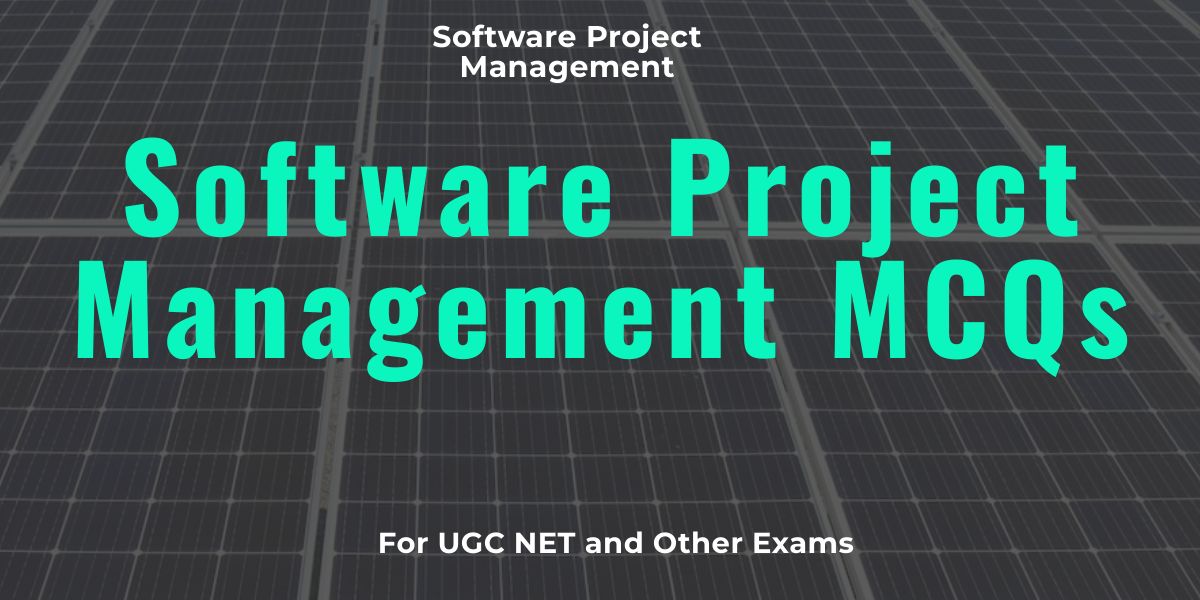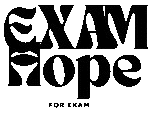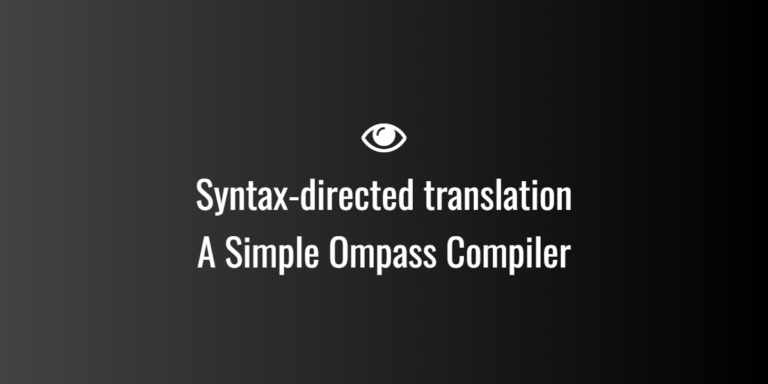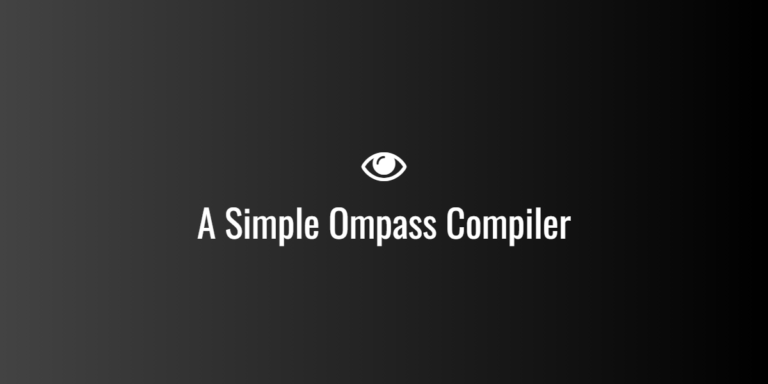
software project management MCQs
1. Which of the following is NOT a phase in the software project management process?
a) Initiation
b) Planning
c) Coding
d) Execution
Answer: c) Coding
2. Which document defines the scope, objectives, and stakeholders of a software project?
a) Project Charter
b) Risk Management Plan
c) Code of Ethics
d) Software Test Plan
Answer: a) Project Charter
3. What is the primary purpose of a Gantt chart in project management?
a) Tracking project risks
b) Monitoring project progress and scheduling
c) Defining software architecture
d) Testing the software
Answer: b) Monitoring project progress and scheduling
4. Which of the following is NOT a key constraint in software project management?
a) Time
b) Cost
c) Quality
d) Office Location
Answer: d) Office Location
5. The “Iron Triangle” in project management consists of:
a) Scope, Quality, Communication
b) Cost, Time, Scope
c) Budget, Risk, Documentation
d) None of the above
Answer: b) Cost, Time, Scope
6. Which project management methodology emphasizes iterative development and customer collaboration?
a) Waterfall
b) Agile
c) V-Model
d) Spiral
Answer: b) Agile
7. What does PERT stand for?
a) Project Evaluation and Risk Tracking
b) Program Evaluation and Review Technique
c) Process Estimation and Risk Testing
d) Product Engineering and Resource Tracking
Answer: b) Program Evaluation and Review Technique
8. What is the main advantage of Agile methodology?
a) Detailed documentation
b) Strict project schedule
c) Flexibility and adaptability to changes
d) Sequential execution of phases
Answer: c) Flexibility and adaptability to changes
9. A critical path in project management is:
a) The shortest sequence of activities to complete the project
b) The longest sequence of dependent activities determining project duration
c) A list of low-priority tasks
d) None of the above
Answer: b) The longest sequence of dependent activities determining project duration
10. Risk management in software project management involves:
a) Ignoring possible failures
b) Identifying, analyzing, and mitigating risks
c) Removing risks entirely
d) Assigning risks to external vendors
Answer: b) Identifying, analyzing, and mitigating risks
11. In Agile, the person responsible for removing obstacles faced by the development team is called:
a) Product Owner
b) Scrum Master
c) Project Manager
d) Developer
Answer: b) Scrum Master
12. Which estimation technique uses past project data to predict future project effort?
a) Delphi Method
b) Function Point Analysis
c) Analogous Estimation
d) Bottom-up Estimation
Answer: c) Analogous Estimation
13. Which of the following is NOT a software project management activity?
a) Planning
b) Scheduling
c) Debugging
d) Risk management
Answer: c) Debugging
14. What is the primary goal of software configuration management?
a) Managing project finances
b) Controlling changes in software artifacts
c) Writing efficient code
d) Reducing testing efforts
Answer: b) Controlling changes in software artifacts
15. The COCOMO model is used for:
a) Project scheduling
b) Cost estimation
c) Risk management
d) Team management
Answer: b) Cost estimation
16. Which software development model follows a linear and sequential approach?
a) Agile
b) Spiral
c) Waterfall
d) Prototype
Answer: c) Waterfall
17. The term “velocity” is used in which project management methodology?
a) Waterfall
b) Scrum
c) Spiral
d) V-Model
Answer: b) Scrum
18. What is the role of a Product Owner in Agile?
a) Manages technical issues
b) Represents stakeholders and prioritizes the backlog
c) Develops the software
d) Tests the software
Answer: b) Represents stakeholders and prioritizes the backlog
19. Which of the following is a key principle of Agile Manifesto?
a) Following a strict project plan
b) Preferring processes over individuals
c) Responding to change over following a plan
d) Ignoring customer feedback
Answer: c) Responding to change over following a plan
20. What is the main focus of Earned Value Management (EVM) in project management?
a) Code quality
b) Schedule, cost, and scope performance
c) Risk identification
d) Testing efficiency
Answer: b) Schedule, cost, and scope performance




